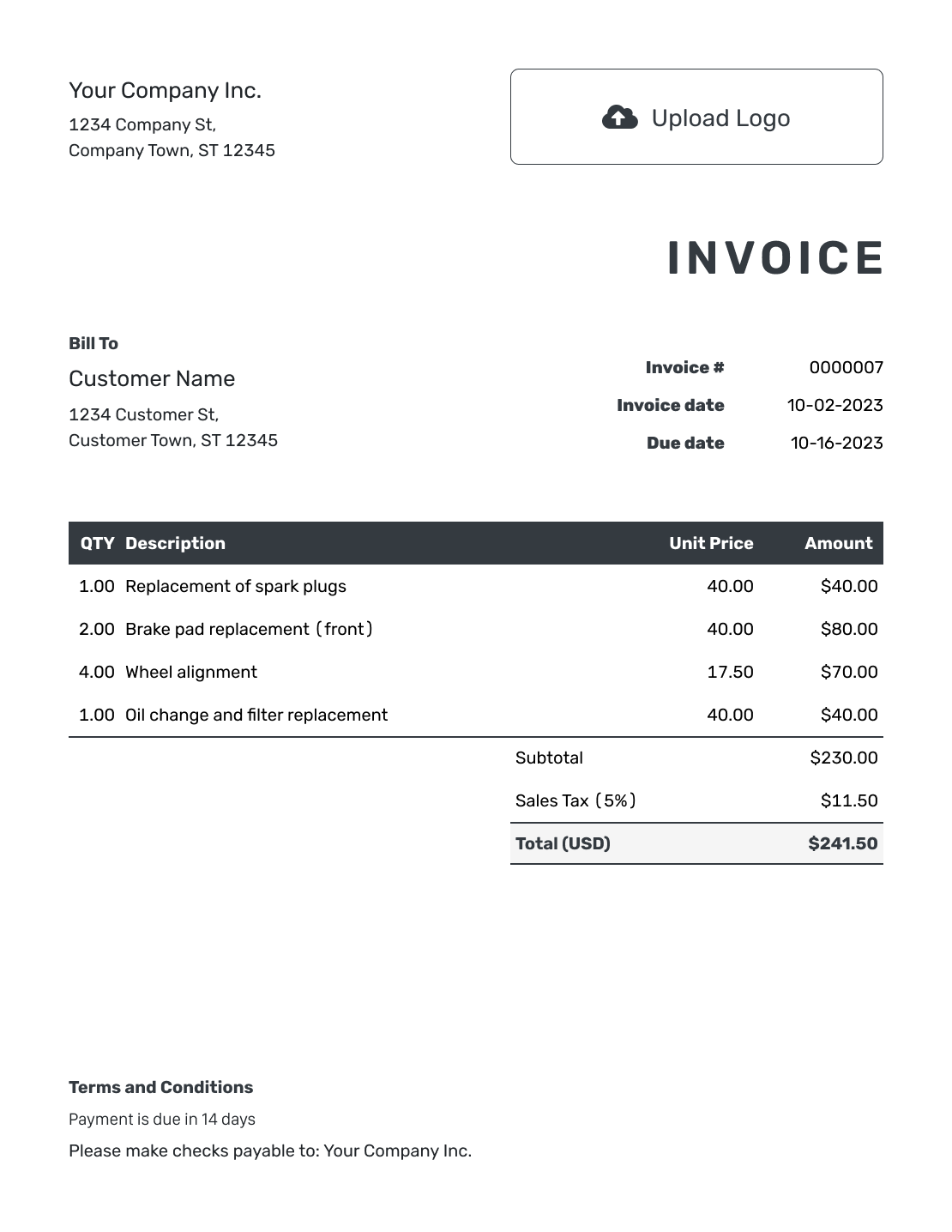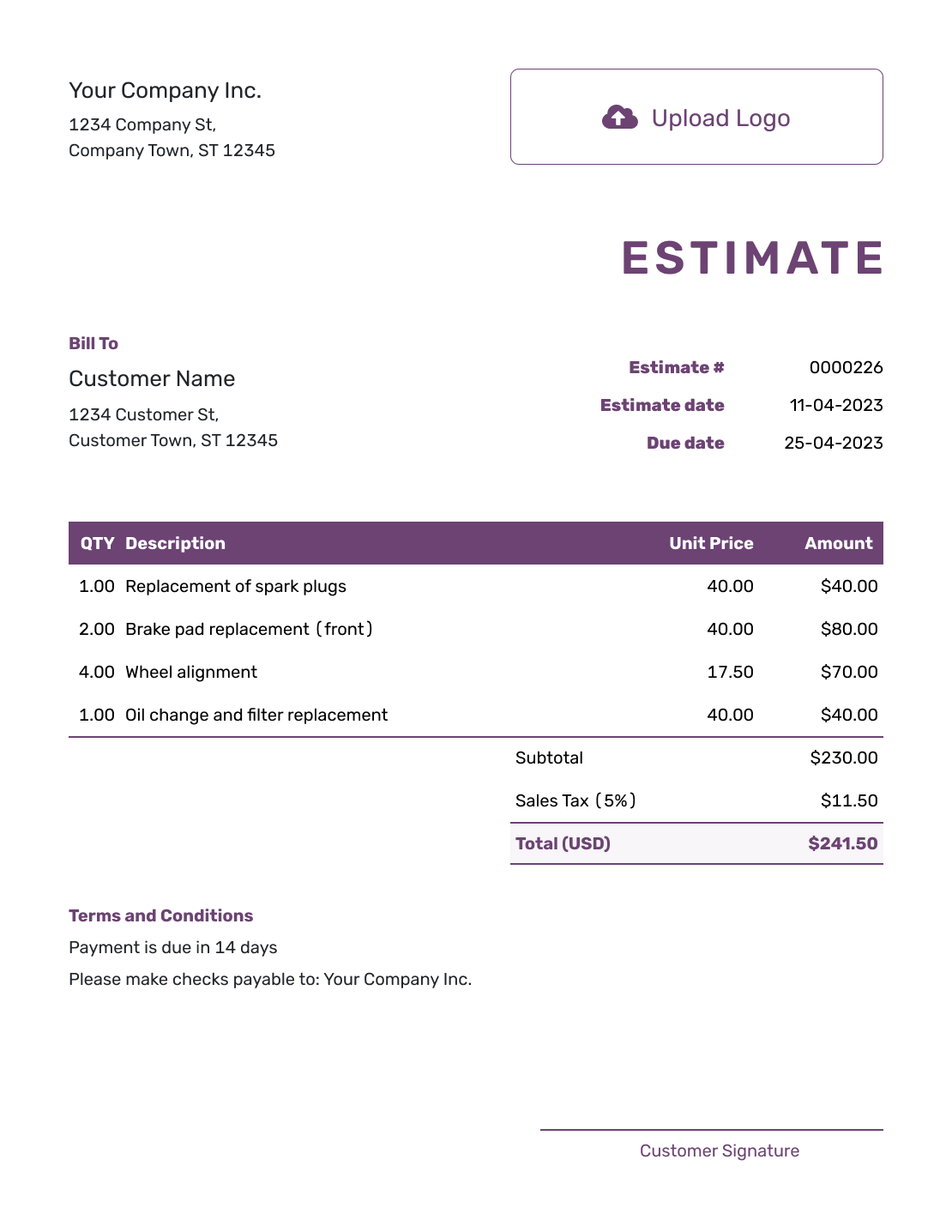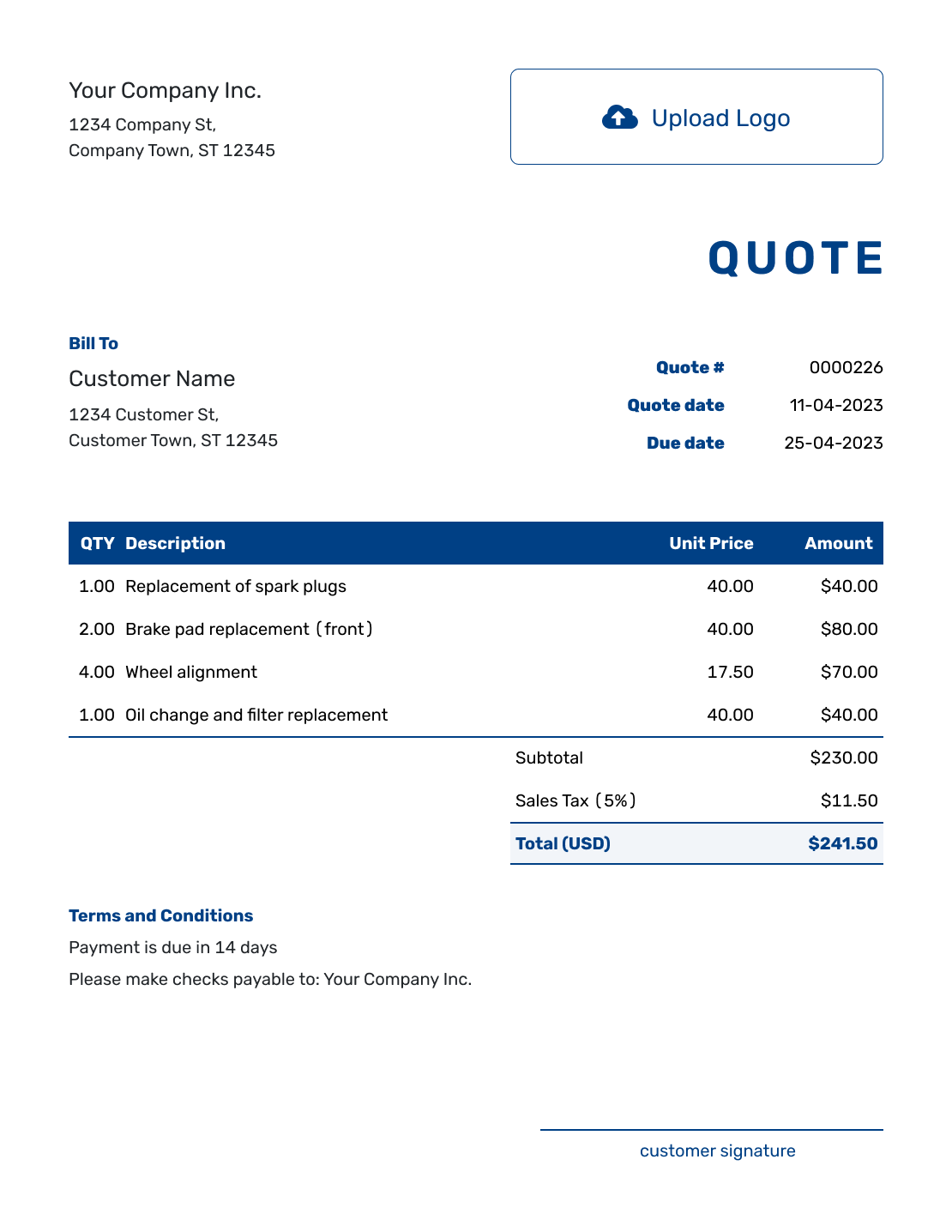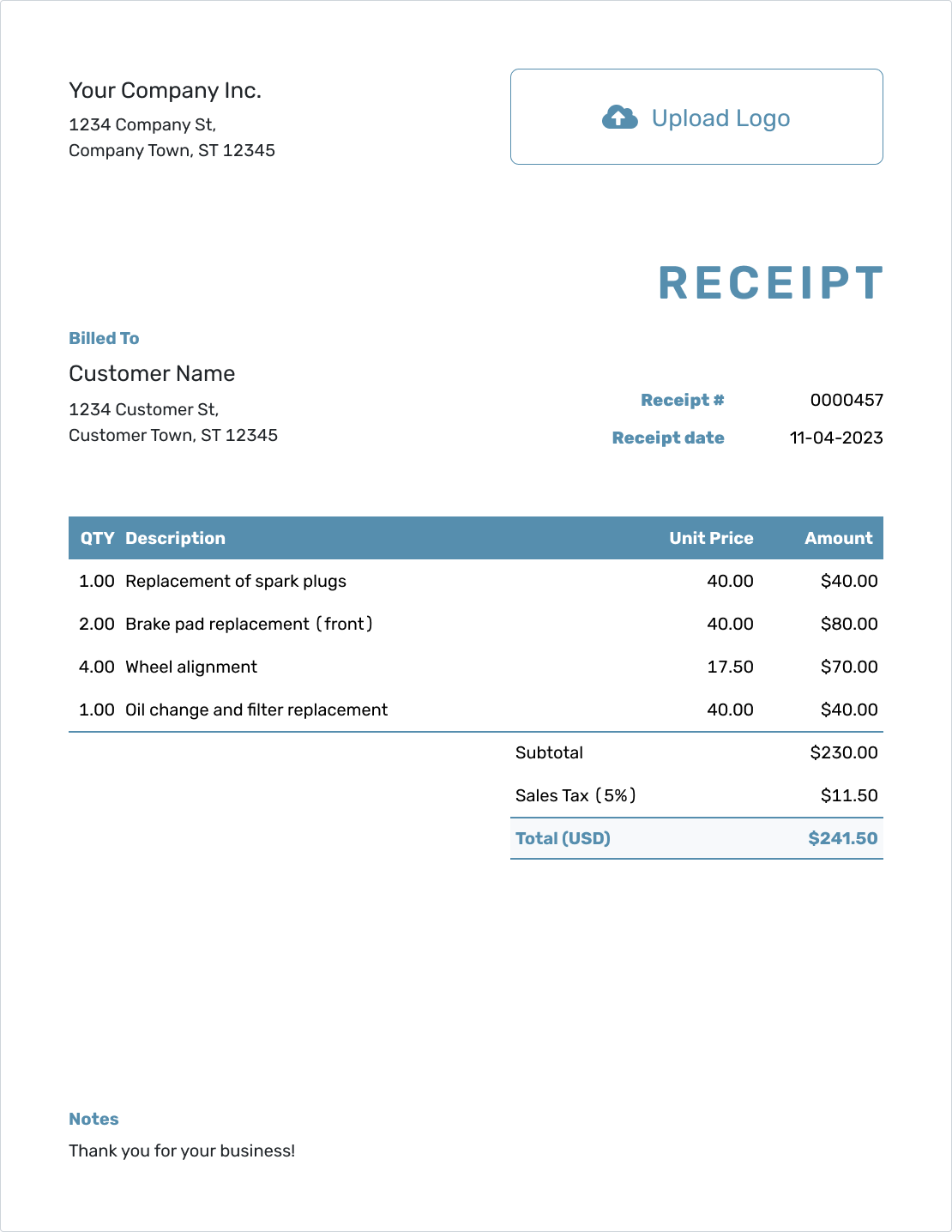Understanding
Financial Ratios
Est. reading time: 6 min

Financial ratios may sound complicated, but they're really just tools that help you understand the health of your business. Imagine if your business had a "report card" that told you how well it's doing. Financial ratios give you that information, making it easier to see if you're on track.
What Are Financial Ratios?
A financial ratio is a simple comparison of two numbers from your financial statements. These ratios help you understand different aspects of your business, like profitability, efficiency, and how well you are managing your debts. They are like the health checkups of your business finances.
For example, you might want to know how much money you have compared to how much you owe. A financial ratio can tell you that. It gives you a clear picture without having to dig through lots of numbers.
Types of Financial Ratios
1. Liquidity Ratios
Liquidity ratios show you if your business has enough cash or assets that can quickly be turned into cash to pay off short-term debts. This is like making sure you have enough money in your wallet to cover a sudden bill.
2. Profitability Ratios
Profitability ratios tell you how well your business is doing at making money. These ratios show you how much profit you're making compared to your sales or costs. Think of it as seeing how much money you keep from each dollar earned.
3. Efficiency Ratios
Efficiency ratios measure how well your business is using its resources. They help you see if you're getting the most out of your assets, like inventory or equipment. In simple words, they help you check if your business is being efficient.
4. Solvency Ratios
Solvency ratios help you understand if your business is in a good position to pay off all its debts in the long term. It’s like making sure your business will be okay even if big bills come up in the future.
Why Financial Ratios Matter
Financial ratios are important because they simplify the numbers into something meaningful. Without ratios, understanding financial statements might feel like reading a book in another language. Ratios turn those numbers into insights that you can act on.
For instance, if your profitability ratio is low, it could mean that your costs are too high or your sales prices are too low. If your liquidity ratio is low, it might be a sign that you need to keep more cash handy.
Regularly checking these ratios is like having regular health checkups for your business. They help you catch issues early so you can make changes before they become serious problems. They also help you see what’s working well so you can do more of it.
The Docelf Advantage
Docelf helps make managing your finances easier, especially when it comes to understanding your costs and income. With Docelf, you can:
- Create Invoices Easily: Send out professional-looking invoices to your clients quickly and easily.
- Generate Quotes and Estimates: Provide potential clients with clear, detailed quotes that help you close deals.
- Stay Organized: Keep all your invoices, estimates, and quotes in one place, making it simple to track your business performance.
Financial ratios can tell you a lot about your business, but tools like Docelf can help you take action on what you learn. Ready to streamline your financial management? Try Docelf today and see how easy it is to stay on top of your business finances.




